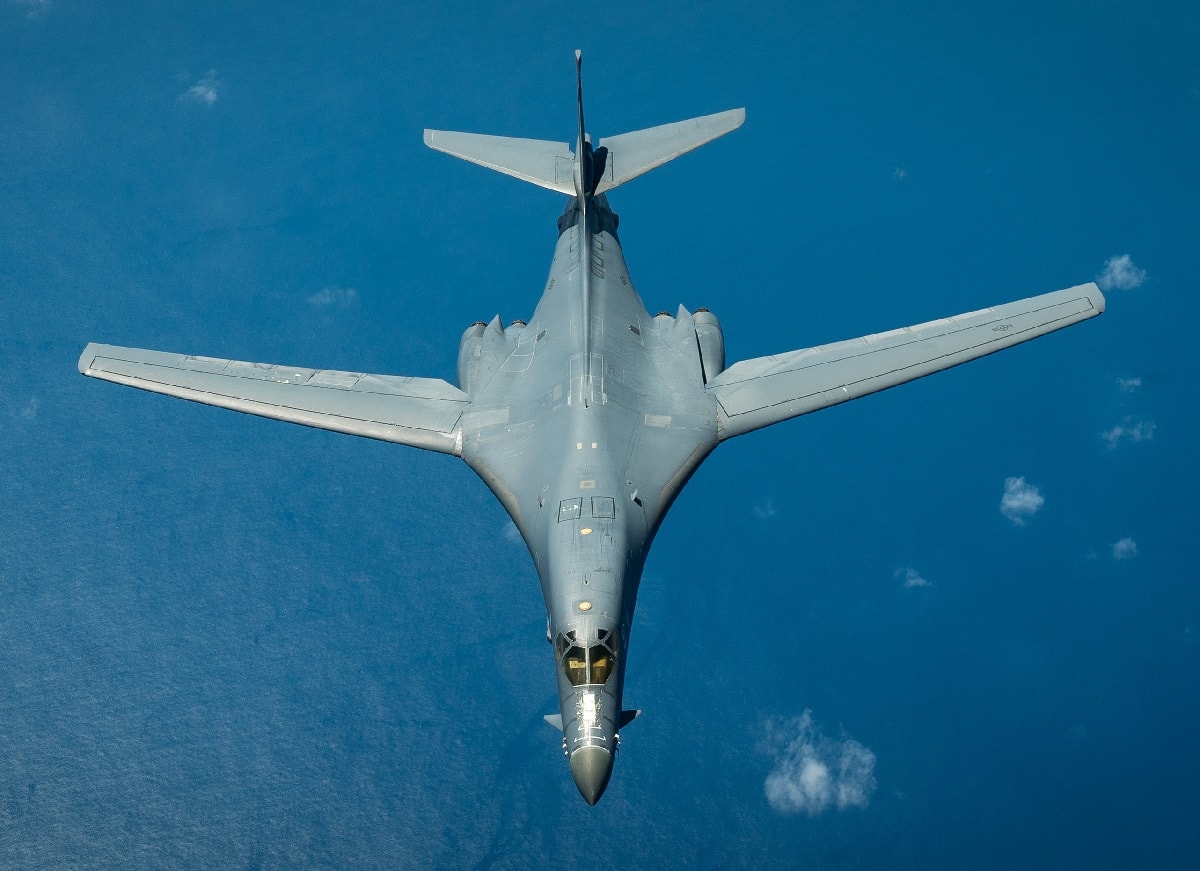Over at the Washington Post is an interesting story about how Russia is not so happy that the Biden Administration only gave them a short window of time to prepare for strikes on Iranian-backed forces in Syria. And when I say short, I am talking “four to five minutes”.
“Our military was warned four or five minutes in advance. Of course, this has no value even from the angle of deconfliction, as they say in relations between Russian and U.S. servicemen,” explained Russian Foreign Minister Sergei Lavrov at a Moscow news conference. He argued that the U.S. notice was given as the attack was “already being delivered.”
While we can debate the merits of the strikes, what they signal to Iran and the region and how Tehran might respond, I always worry such shows of force could lead to accidental consequences. Specifically, how such a strike could aggravate tensions between Russia and the United States.
Below is a short excerpt a few years back from a piece I did in The Week that shows how a U.S. strike and Syria could create a crisis between Washington and Moscow.
First, a disclaimer: yes, some of this is dated, clearly. However, the point remains: Syria is a geopolitical pandora’s box we need to be careful opening:
Let’s sketch out a simple scenario where one tragic mistake creates the conditions for direct U.S.-Russia conflict. And as you will see, it does not take a Tom Clancy-like effort to imagine the unthinkable.
Presume for a moment that two weeks from now Syrian President Bashar al-Assad launches another chemical weapons attack — this time killing 400 people outside of Damascus. Trump decides to raise the stakes, launching over 150 cruise missiles in a much wider effort to damage Assad’s air force. But this time things go wrong. U.S. forces attempt to inform the Russian government of what is coming, but their efforts are made more difficult now that a deconfliction agreement was canceled by Moscow after the last strike. While Washington does inform the Russian ambassador in Washington four hours before the attack, the message does not filter down the chain of command fast enough — and tragedy ensues. One of the Tomahawk missiles strikes a Syrian air base from which Russian special forces — unknown to the Trump administration — were operating. Sputnik, RT, and Russian domestic media outlets display repeatedly horrific images of soldiers dead or badly wounded — lying in rubble and crying out in pain. Forty-six Russian soldiers lose their lives, with 24 badly wounded.
Putin knows he must forcefully respond — Russian public opinion simply demands it. He also knows a response in Syria would be of limited value — U.S. cruise missiles and stealth aircraft would eventually defeat Russian air defenses and wipe out their presence there, so he decides to expand the chessboard. He orders a massive snap exercise, over 200,000 troops, with army, navy, and nuclear forces going on high alert from Europe to Central Asia. At the same time, he begins to massively increase arms shipments to separatist forces in Eastern Ukraine. In less than a week, Russian-backed forces make a drive for Mariupol. UN Ambassador Nikki Haley makes an impassioned plea at the UN for lethal aid to Ukraine, with President Trump approving the sale of advanced anti-tank weapons to Kiev, raising the stakes.
But Putin does not stop there. He decides he needs to create problems for Washington in Asia — so he sells four more S-400 air defense batteries to China as well as offers, and is accepted by Beijing, a joint development project for a new F-35 like a stealth fighter. Putin also fully backs China’s position in the South China Sea — an ominous development to say the least, emboldening Beijing to only reinforce its fake islands with now permanent fighter and bomber aircraft.
From there, things only get worse. President Trump orders a display of U.S. power and ally solidarity, sending advanced F-22 Raptors to patrol the Baltics, as Russia has increased by three times the number of air patrols in the area, many of which cross into NATO airspace. Over the next week, the world holds its collective breath as NATO and Russia warplanes test each other’s metal over the skies of the Baltics — until a Russian warplane gets too close to a U.S. fighter and their wings collide, causing both planes to crash on the Lithuanian-Russian border. Both pilots lose their lives.
The world is horrified. And now across three potential fronts — in the Baltics, Ukraine, and Syria — Russia and America are eyeball to eyeball, with no one willing to backdown. Trump orders U.S. nuclear forces brought to Defcon 3. Putin orders a similar move. Not since the Cuban Missile Crisis has the world been this close to nuclear war. Then what happens?
Harry J. Kazianis is a Senior Director at the Center for the National Interest and a Contributing Editor for 1945. In the past, he served as a foreign policy adviser to the 2016 presidential campaign of U.S. Senator Ted Cruz, Editor-In-Chief of the Diplomat as well as holding various think tank posts at the Heritage Foundation, CSIS, the Potomac Foundation, and several others. His work and ideas have appeared in Fox News, the Wall Street Journal, the Washington Post, the Washington Times, Newsweek, and in many other outlets across the political spectrum. You can follow him on Twitter: @Grecianformula.

